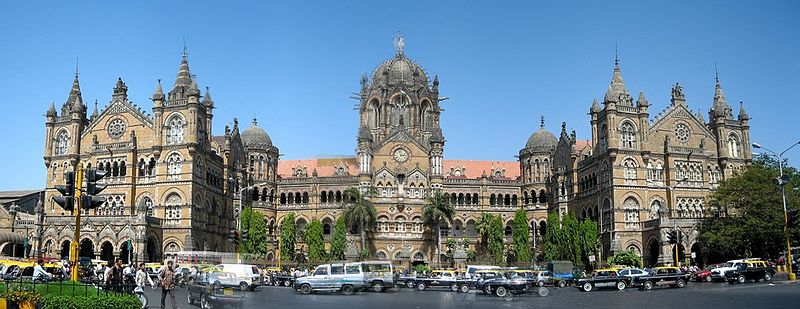Leaving New Delhi through the centre was a bad idea. The local drivers don’t seem to take any notice of the rules, signs or road markings, not that the roads have many markings. If they want to go left, they just drive across the front of you. This is probably why quite a number of the roads in New Delhi are wider than most, so that there is a better chance of not crashing.
I head out across the river on the Eastern Approach Road bridge and take Highway 24 north east towards Ghaziabad. Along to my left is the main railway from New Delhi towards Mahendranagar. Periodically, I notice people just walking along the side of the tracks, or over the tracks, for that matter. The railway in India is the fourth largest scheduled rail system in the world after the US, Russia and China. Amazingly, it employs 1.3 million people and carries over 30 million passengers every day! In 1849, there wasn’t a single mile of rail track in the whole of India. By 1929, there were 41,000 miles of the stuff. Initiated by the British East India Company, the railways were later given over to civilian engineers.
Robert Maitland Brereton, a British engineer, was responsible for the early expansion. It was Brereton’s work that linked Bombay to Calcutta, opened in March 1870, and was the inspiration for the French writer Jules Verne’s book Around the world in eighty days. Not sure my own virtual journey will be just eighty days, but I seem to be doing quite well so far.


